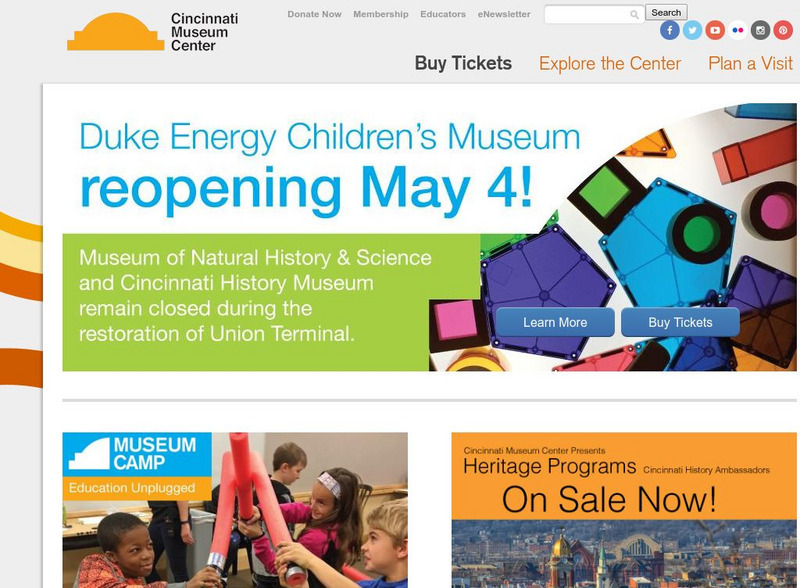CK-12 Foundation
Ck 12: Third Grade Science: Earth Science: Fossils of Plants and Animals
[Free Registration/Login may be required to access all resource tools.] Explains what fossils are, describes how they form, and discusses what scientists can learn from fossils.
Smithsonian Institution
National Museum of Natural History: Paleobiology: The Cambrian Period
Journey into the past while reading this comprehensive overview of the Cambrian Period that covers topics such as the Cambrian Explosion, Burgess Shale fauna, trilobites, fossil evidence, and climate and plate tectonics.
Climate Literacy
Clean: Carbon Dioxide Sources and Sinks
In this lab activity, students use a chemical indicator (bromothymol blue) to detect the presence of carbon dioxide in animal and plant respiration and in the burning of fossil fuels and its absence in the products of plant...
American Museum of Natural History
American Museum of Natural History: O Logy: What's the Big Idea? Paleontology
Snapshot reference on paleontology explains how the fossil record drives this area of science.
Yale University
Yale Peabody Museum
This home page describes what the museum has to offer. Links to the exhibits and more information is provided at the bottom of the site.
Other
Cincinnati Museum Center
This site describes the Museum of Natural History and Science in detail and provides links to other programs and exhibits offered.
National Institute of Educational Technologies and Teacher Training (Spain)
Ministerio De Educacion: Clasificacion De Los Seres Vivos
All known form of life gathers in large groups, which are called kingdoms. This site provides a thorough overview of the five kingdoms with many illustrations. The lessons contain 15 interactive activities.
Curated OER
Unesco: Kenya: Lake Turkana National Parks
The most saline of Africa's large lakes, Turkana is an outstanding laboratory for the study of plant and animal communities. The three National Parks serve as a stopover for migrant waterfowl and are major breeding grounds for the Nile...





